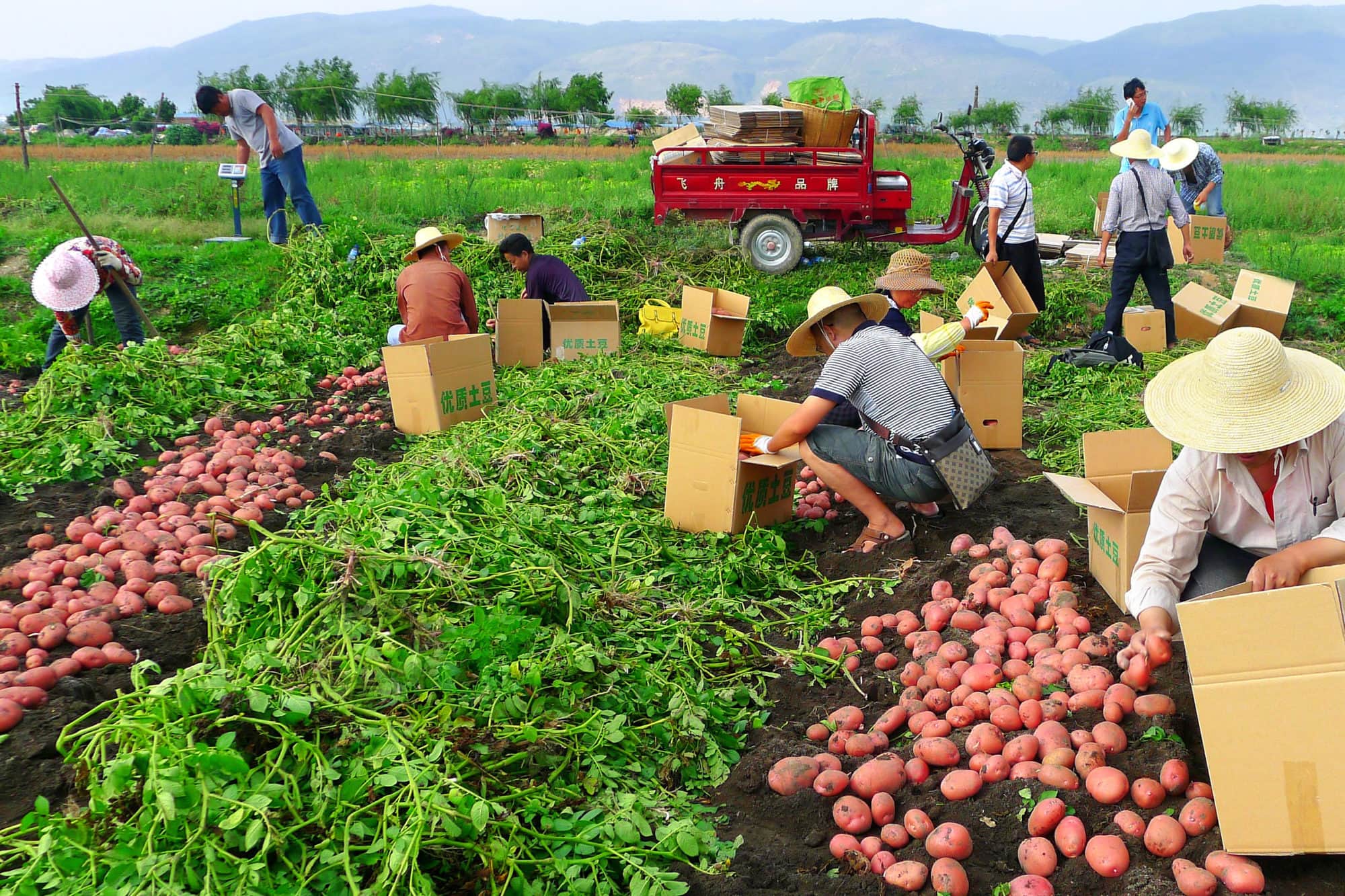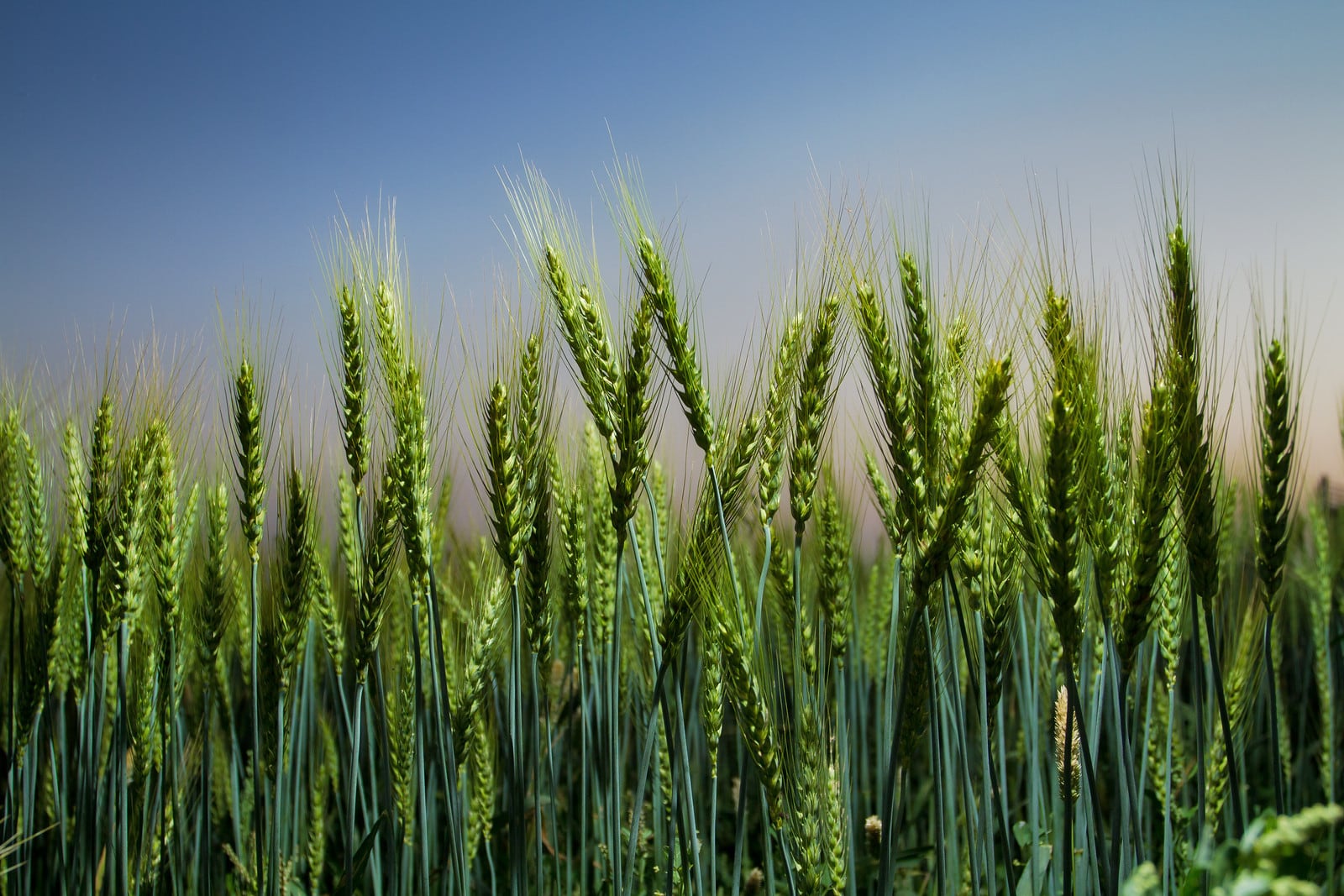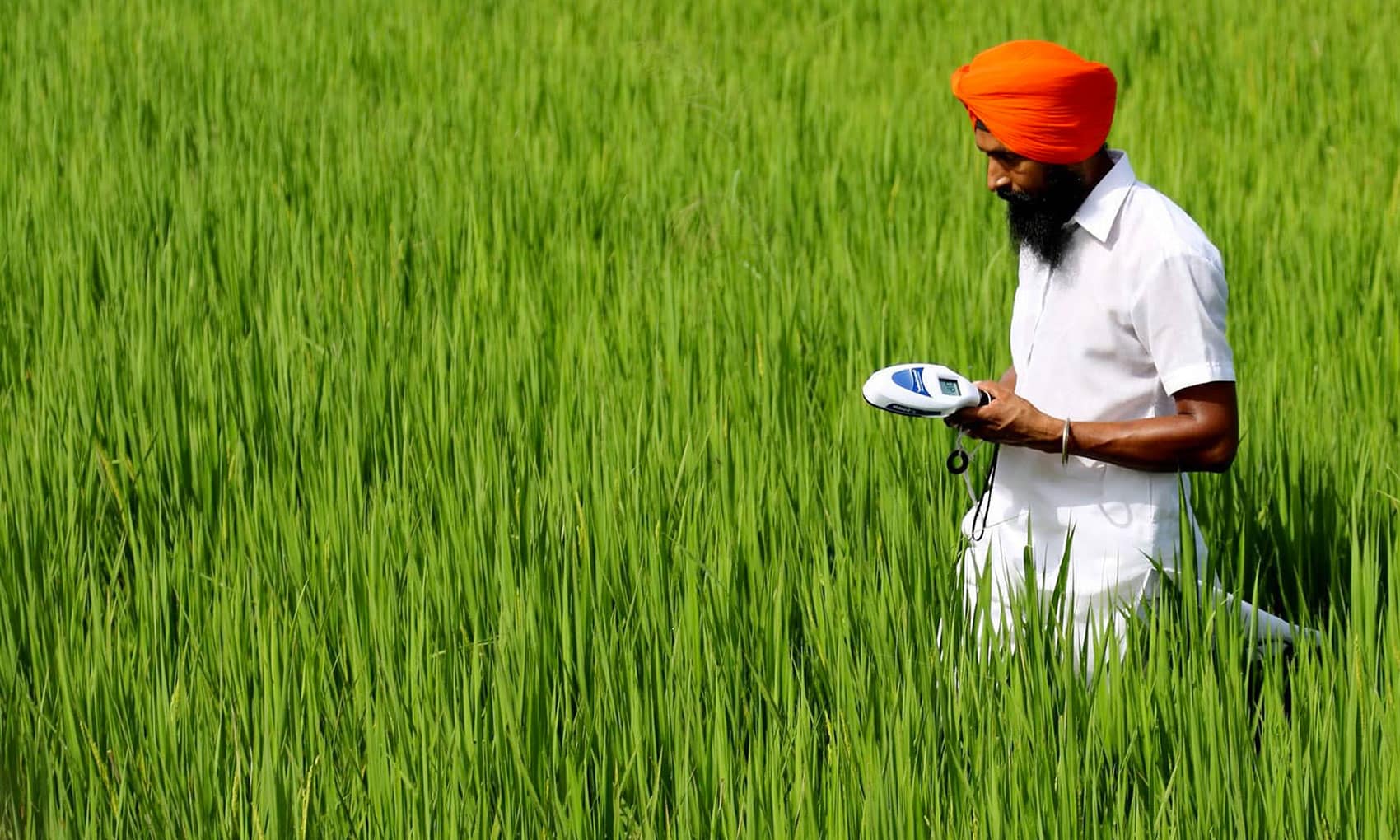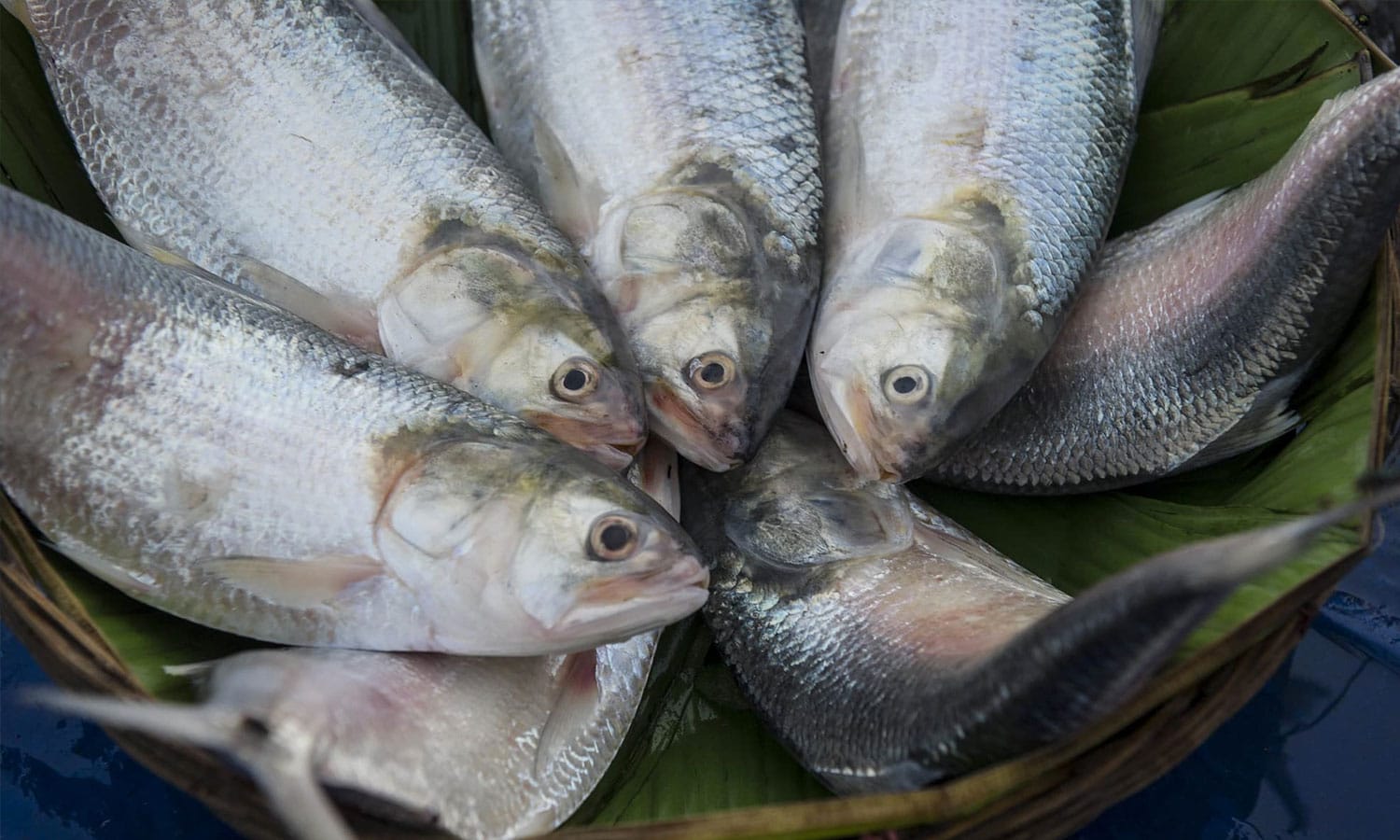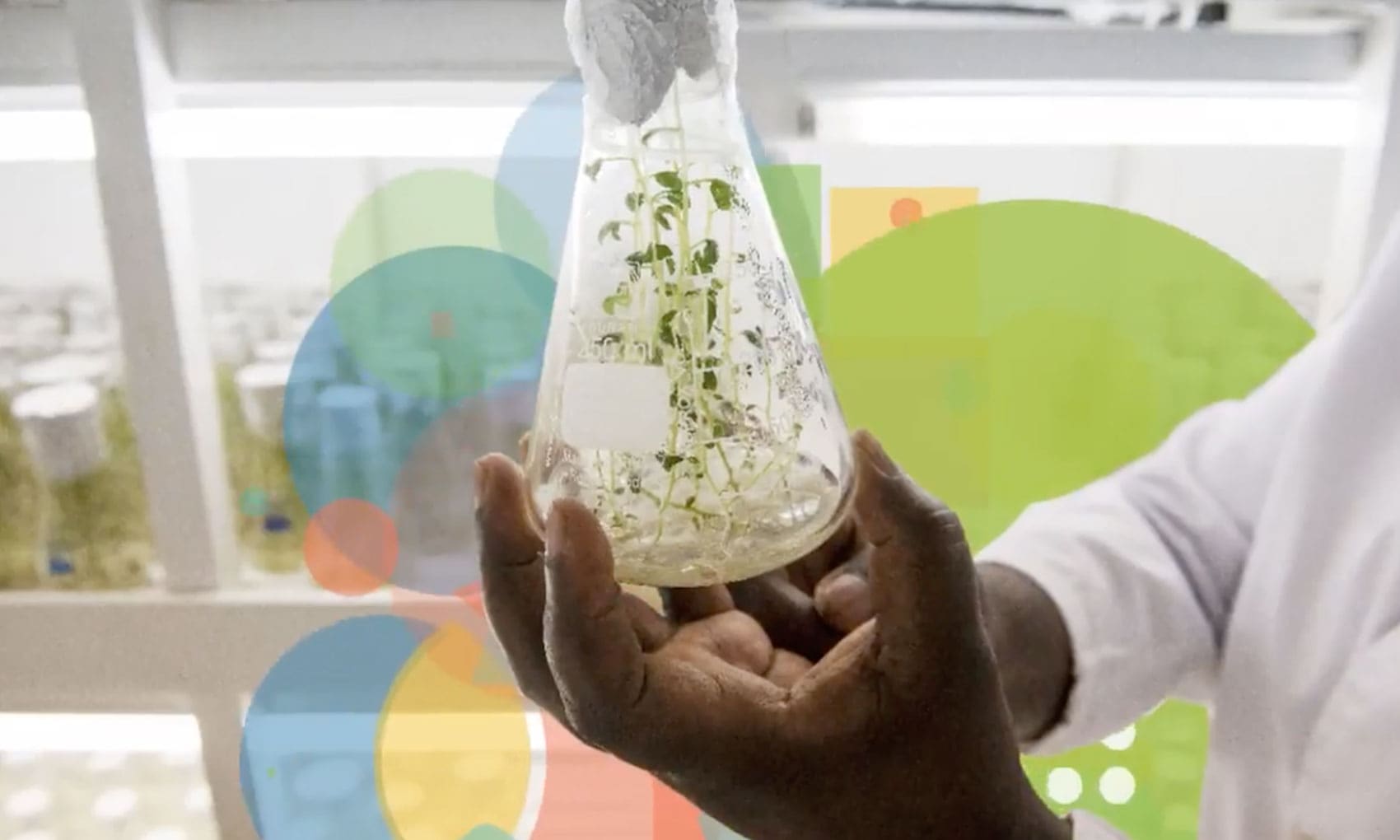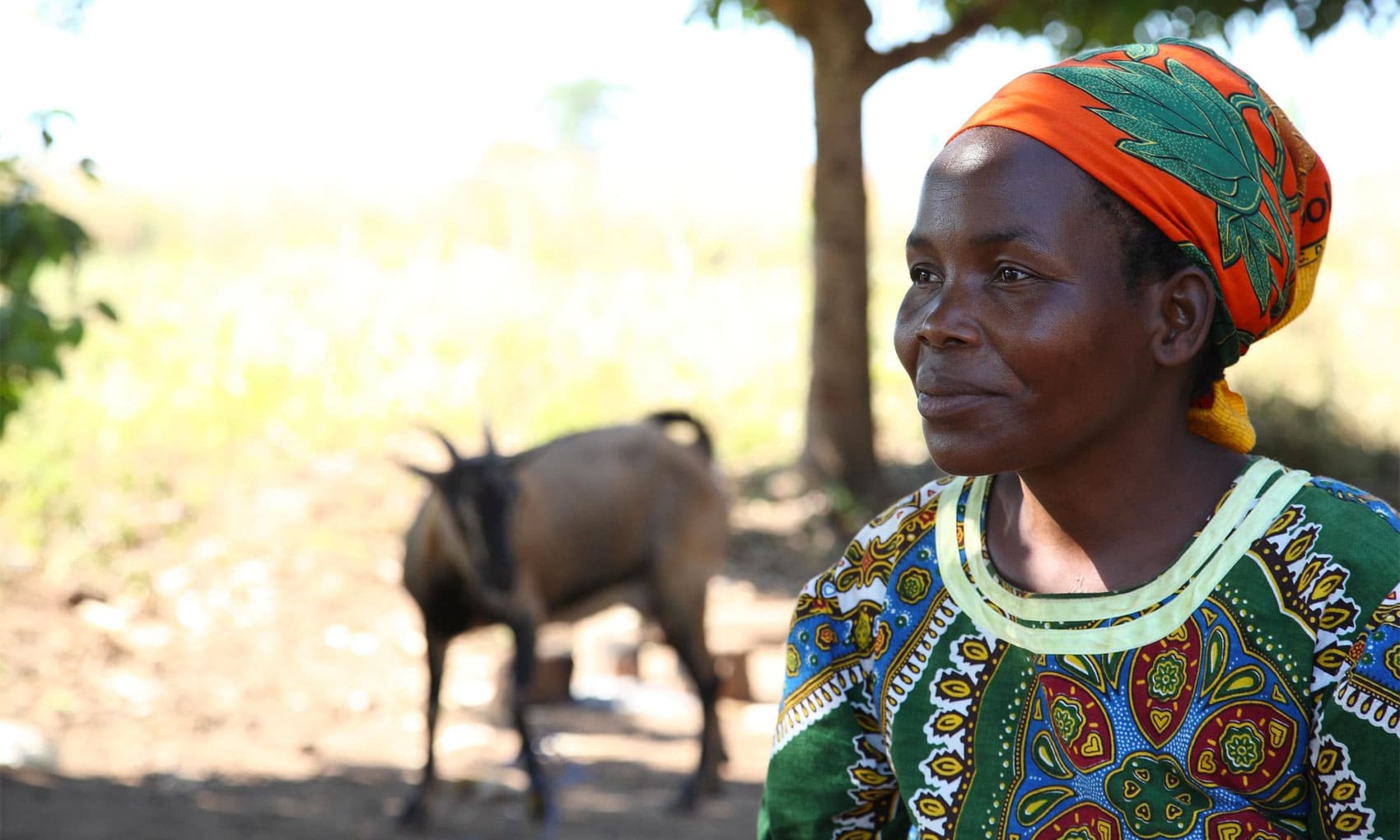The potato is one of the most important crops in Asia, contributing to the food security and incomes of millions of families. Asian farmers produce almost 196 million metric tons of potatoes annually, constituting about half of the global harvest.
For nearly 40 years, CGIAR researchers at the International Potato Center (CIP) have substantially contributed to the development and release of improved potato varieties that are grown by millions of farmers in Asia’s top potato–producing countries. CGIAR research at CIP contributed to 34% of total releases of improved potato varieties in the region, and an adoption assessment completed in 2015 estimated that CIP-related varieties were planted on more than 1.45 million hectares (19% of the total potato area in the seven countries studied), were grown by 2.93 million farming households, and benefited more than 10 million people.
The CIP-related potatoes have vital key traits, such as late blight and virus resistance, relatively rapid development of tubers, and tolerance to heat, drought or saline soils, making the varieties increasingly important for smallholder farmers, and helping them overcome challenges such as limited land and climate change, to produce more food and generate more income.
In Asia, improved potato varieties are planted on 1.45 million hectares, grown by 2.93 million farming households, and have benefited more than 10 million people
These varieties have boosted food security and incomes across the region. In China, the world’s top potato producer, CIP-related varieties are grown on about 25% of the land dedicated to the crop. The most successful is Cooperation 88 (C88), the result of collaboration between CIP and Yunnan Normal University. A late blight-resistant variety, it has excellent qualities for both home consumption and processing, all of which have contributed to widespread adoption by farmers. The estimated economic benefits from C88 between 1996 and 2015 range from $2.84 billion to $3.73 billion in Yunnan province alone.
And it’s not just potato farmers who are benefiting – a growing selection of heat-tolerant, early maturing varieties are allowing rice and wheat farmers to add another crop into their farm systems, usually during a fallow period, which results in additional income and greater food availability. Several heat- and salt-tolerant varieties released in Bangladesh in recent years are being grown in coastal areas where a cyclone storm surge left farmland too saline for most crops.
Biofortified high iron or zinc potatoes, which are currently being evaluated in several Asian countries, and could be released as new varieties in the near future, and have the potential to make an important contribution toward reducing malnutrition. With years of proven results in Asia to build on, CIP’s potato breeding efforts and future innovations will continue to contribute to food and nutrition security and incomes in Asia for years to come.
Header photo: A potato harvest in China. Photo by CIP.




